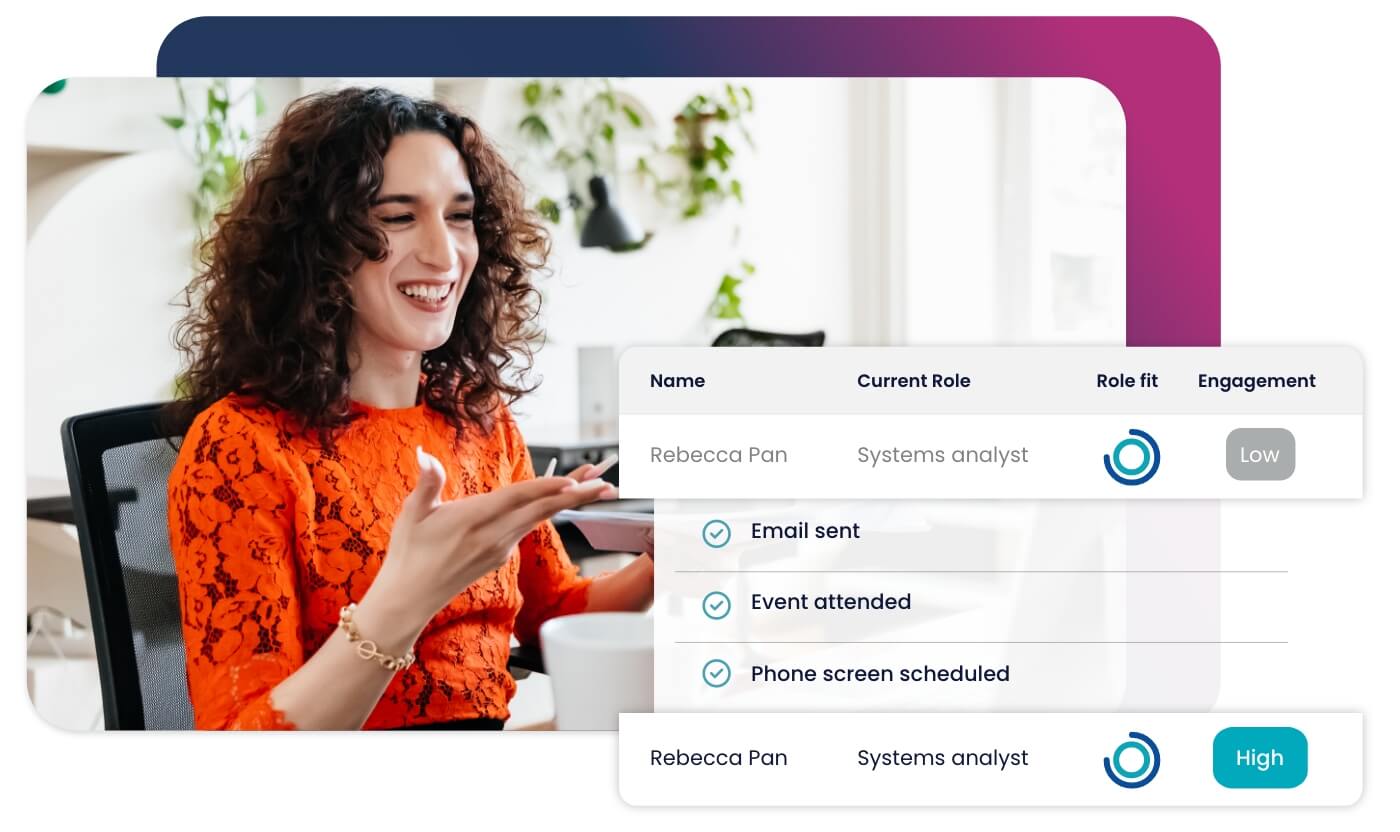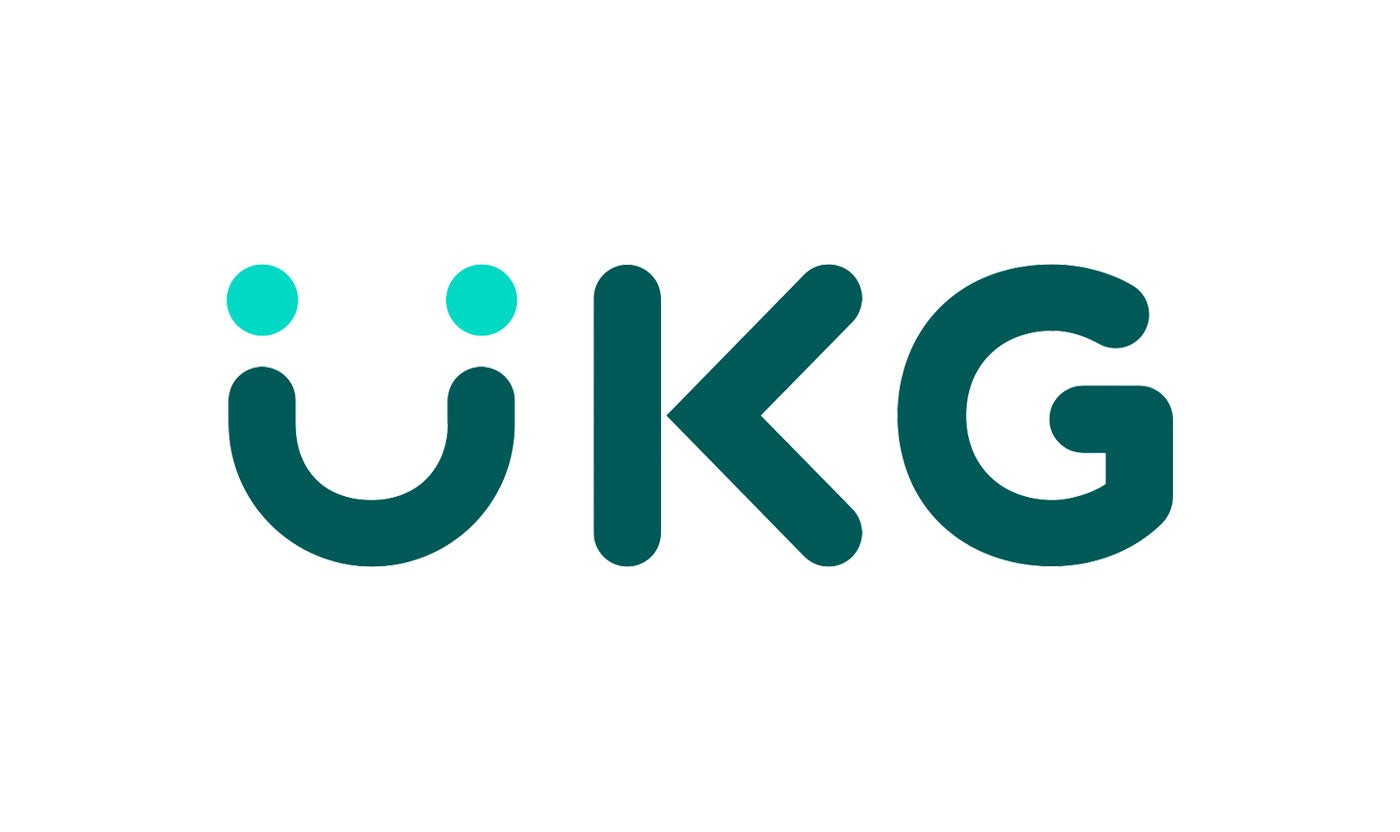





Accelerate hiring key talent to deliver care and exceed patient satisfaction.

Attract skilled candidates, speed up hiring and grow expertise in your workforce.

Simplify recruiting finance and banking talent with a platform for hard-to-fill roles.


Build a talent pipeline that engages and drives your business forward.


See how diverse and global enterprises use iCIMS to employ millions, drive innovation and connect communities worldwide.

Uncover unique market insights, explore best practices and gain access to talent experts across our library of content.


View press releases, media coverage, the latest hiring data and see what analysts are saying about iCIMS.


Streamline your tech stack and take advantage of a better user experience and stronger data governance with ADP and iCIMS.

The combined power of iCIMS and Infor helps organizations strategically align their business and talent objectives.

Our award-winning partnership with Microsoft is grounded in a shared desire to transform the workplace and the hiring team experience.

Our partnership with Ultimate Kronos Group (UKG) supports the entire talent lifecycle by bringing frictionless recruiting solutions to UKG Pro Onboarding.

The pay transparency movement is building momentum. As Gen Z and Millennials dominate the workforce, they are looking for transparency as candidates and employees. The number of US states enacting and enforcing laws in this area continues to grow. As a TA leader, if you’re not already implementing pay transparency in your talent strategy, you’re not alone – but this is your sign to start thinking about it.
According to a survey by Reed, one of the UK’s largest recruitment companies, only 46% of the 252 hiring managers surveyed said their organization had a salary transparency policy. According to the same survey, 78% of candidates were less likely to apply for a role where the posting didn’t include a salary, and 22% wouldn’t even consider applying for positions that do not share salary information.
In a competitive hiring landscape, every step you take to attract candidates is imperative. But once you get them to your career site, how do you get them to convert to applicants? Transparency across your career site regarding your company culture and compensation drives job seekers who are the right fit for your company to apply. Perhaps more important, the modern job seeker expects recruiters to be able to describe their organization’s pay practices in detail and to understand candidate preferences and expectations.
At iCIMS, we have the largest ecosystem in talent acquisition with over 700 active partners. This means we can offer access to subject matter experts on all aspects of talent strategy, from consultants, advisors, and integrated technology providers to our customer community. Compa is an iCIMS partner that provides offer management software designed to make compensation easy for recruiters to understand and communicate. In this post, the Compa team offers some details on the benefits of pay transparency, where to start, and the compliance standards involved.
Our friends at Compa say that the first step is to build a strong relationship between your recruiters and the compensation team. It’s a win-win relationship that benefits from the other’s insight. The compensation team can better understand where the salary expectations are in the market from recruiters. This can help you know if your organization is competitive enough with salary and benefits to retain your workforce or if there is a chance you are susceptible to losing top talent.
Recruiters, on the other hand, need to manage conversations about pay compliantly and with confidence. Having a solid connection with your compensation team means recruiters can communicate the company’s compensation strategy well, allowing them to gain an advantage in winning over talent.
Pay transparency provides level–setting expectations among recruiters and candidates. Nearly one-third (32%) of HR and recruiting pros say entry-level salary expectations are too high. According to the iCIMS Class of 2022 report, seniors and recent grads expect an average salary of $70,005 for entry-level work. Putting expectations up front allows for less friction in the negotiation stages. We also learned in the Class of Covid report that there is still a staggering disparity in salary expectations between graduating men and women. Female college seniors and recent graduates expect to earn $10,000 less yearly than their male counterparts ($60,658 vs. $70,748). Pay transparency across job postings can help close the pay inequality gap across gender and diversity.
You can learn more about pay transparency in Compa’s on-demand webinar: Rethinking Market Data in the New Era of Pay Transparency.
A growing number of states are enabling the benefits of pay transparency for candidates. New York and Colorado have enacted laws that require organizations to disclose salary ranges for open positions to provide pay transparency to all candidates; other states and countries are looking to enact similar laws/requirements soon. Companies may soon find they will need to disclose this information at scale.
The expanding number of new and increasingly complex laws in the US and other countries makes it harder for organizations to stay compliant, especially when recruiting remote workers across the US. Proposed and recently passed legislation ranges from salary history bans to pay range disclosure requirements. To help navigate local laws, Compa created a pay transparency legislative map specifically for talent acquisition teams to reference rules by geography. Many organizations are adopting a more open standard practice of disclosure that meets requirements across various states to simplify their process.
The shift to remote work has made it more challenging to manage pay practices across geographies, especially for knowledge worker roles in high demand that can command Bay Area or New York wages in traditionally lower cost-of-living locations like Nashville or Salt Lake City. Talent teams should carefully monitor how effective their pay guidelines are by geography – a growing trend in offer declines in a particular metro area could mean pay is falling behind in a fast-changing market. It’s helpful for recruiters to understand the difference between the cost of living and the cost of labor.
You do not have to be in talent acquisition for long to know that this hiring landscape has been relentlessly evolving, on what seems like a daily basis, for the last two years. Pay transparency is here to stay as part of the new normal, and it is time to start planning for it.
Learn how to hire top talent without overpaying. Join Compa’s live webinar.




